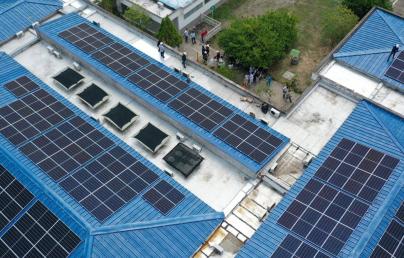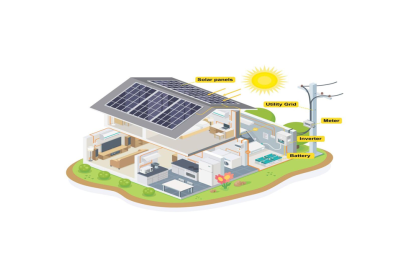
Eco-Friendly Winter Home Projects for Handy Homeowners
Eco-Friendly Winter Home Projects for Handy Homeowners
Today’s renovation trends lean toward sustainability and eco-friendliness. According to a recent Zillow report, homes with energy-efficient features that reduce monthly utilities have a much quicker turnaround than those without. For example, listings highlighting a house's smart thermostats, lighting and irrigation systems sell six days faster than anticipated.
Whether you plan to sell in the spring or want to reap the rewards of energy savings and sustainable living, consider these seven winter renovations experienced DIYers can do themselves.
Many look forward to sitting in front of a cozy fire and sipping hot cocoa when it’s cold outside. However, handy homeowners who enjoy home improvement look forward to tackling numerous winter renovations instead:
1. Install a Smart Thermostat
Rising energy costs have resulted in many Americans struggling to pay their utility bills. According to the U.S. Energy Information Administration’s (EIA) October 2022 Winter Fuels Outlook, prices are about to get even steeper.
Forecasts predict households using natural gas for heating will have to pay $930 this winter — a 28% increase from last year’s charges.
Considering half of most Americans’ utility bills go toward indoor temperature control, installing a programmable thermostat can help homeowners reduce energy consumption, lower costs and improve comfort.
The latest Energy Star-certified thermostats have advanced features that allow remote control from a smartphone and machine learning of your household’s climate preferences. Many smart thermostats also have geofencing capabilities to detect your return and adjust the setting to your liking before you walk through the door.
2. Add Insulation
Adding new insulation to your winter project checklist might be a good idea if it’s been a long time since your home was last insulated.
Insulating the attic, floors and crawl spaces can help lock cold air out and prevent warm air from escaping. As a result, homeowners can save 15% on their energy bills and nearly 11% on their total energy costs.
There are four types of insulation homeowners can choose from, including the following:
- Spray foam: The most straightforward technique DIYers can use to insulate their homes with the ability to get into tight corners and cracks
- Fiberglass: The most common and cost-effective insulation found in U.S. households, with the highest reduction in heat transfer
- Cellulose: Made from plant-based materials, making it the most eco-friendly out of all insulation
- Mineral wool: Derived from 30% recycled materials and offers the greatest noise-blocking and fire resistance
The type of insulation you choose will ultimately depend on the climate, where you intend to apply it, your budget, and if you plan to hire a professional for assistance or do it yourself.

